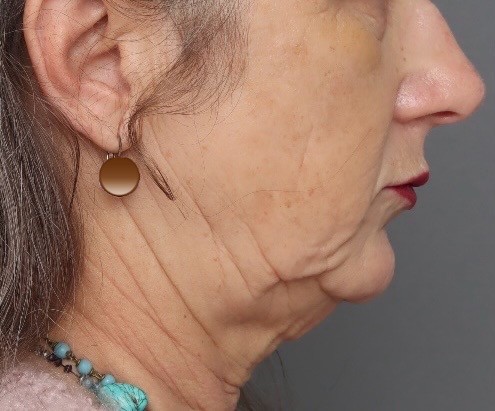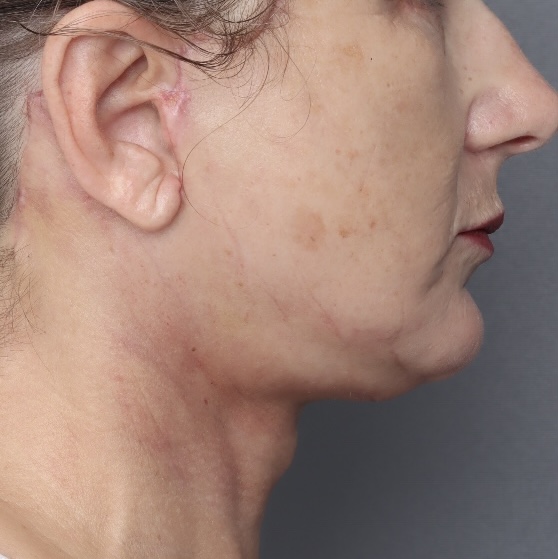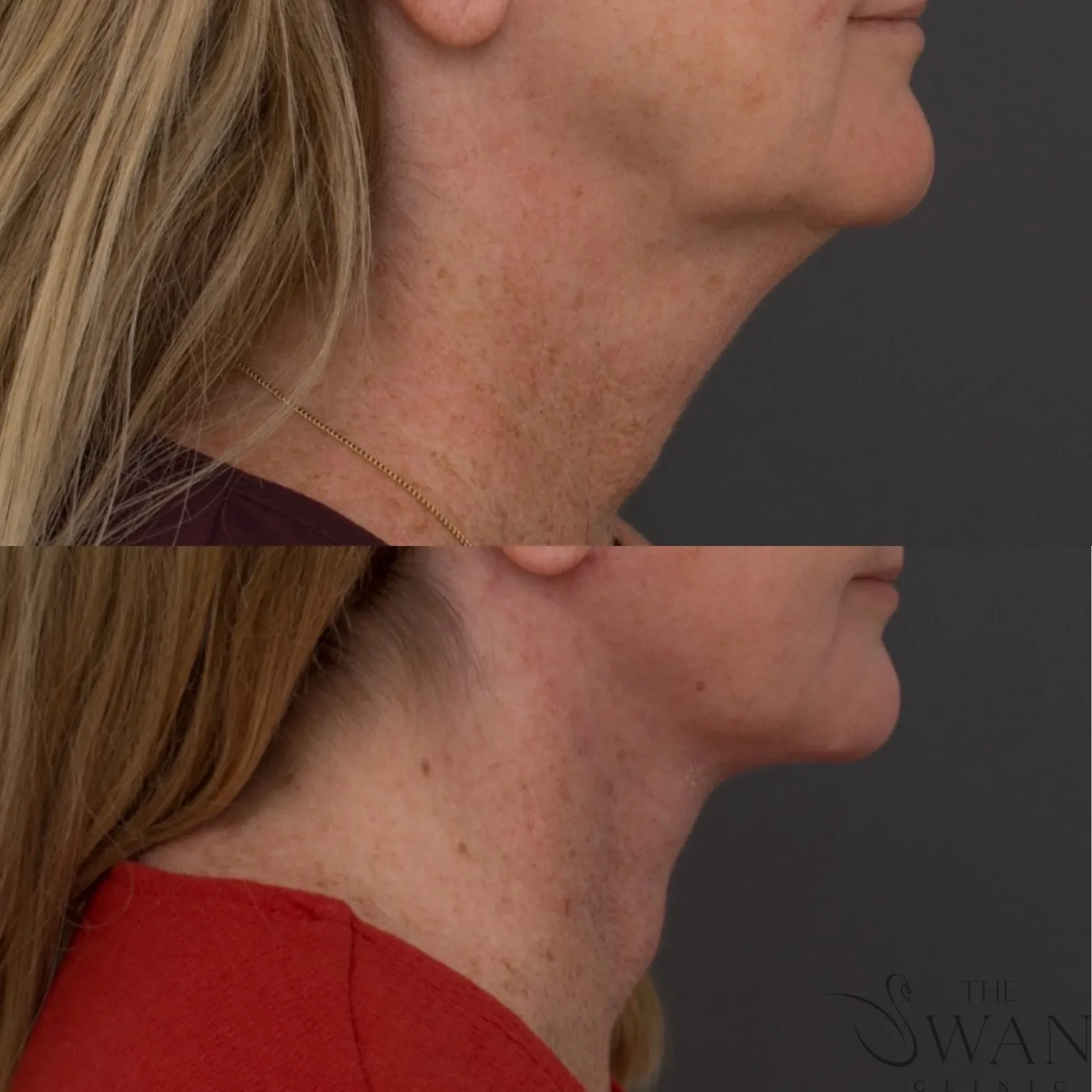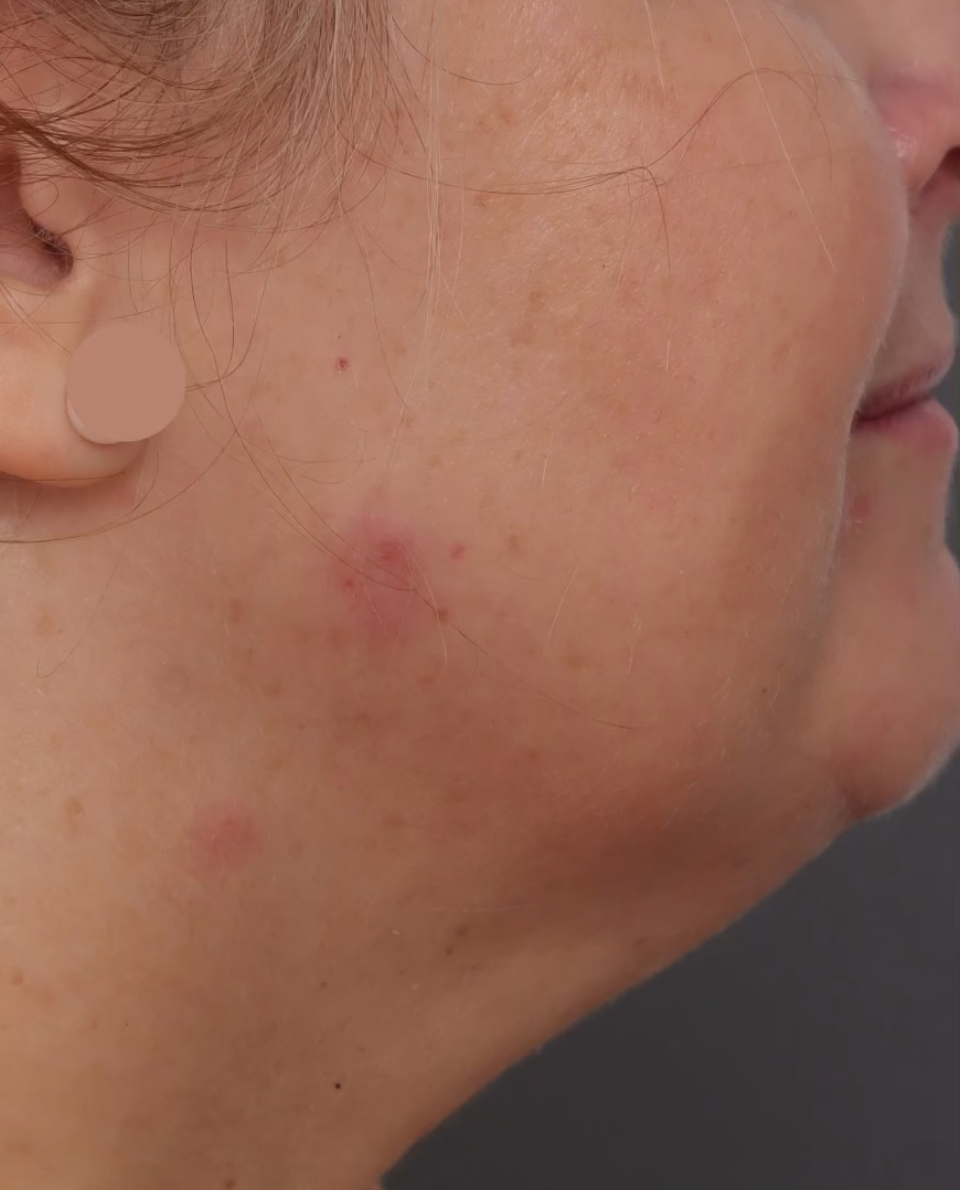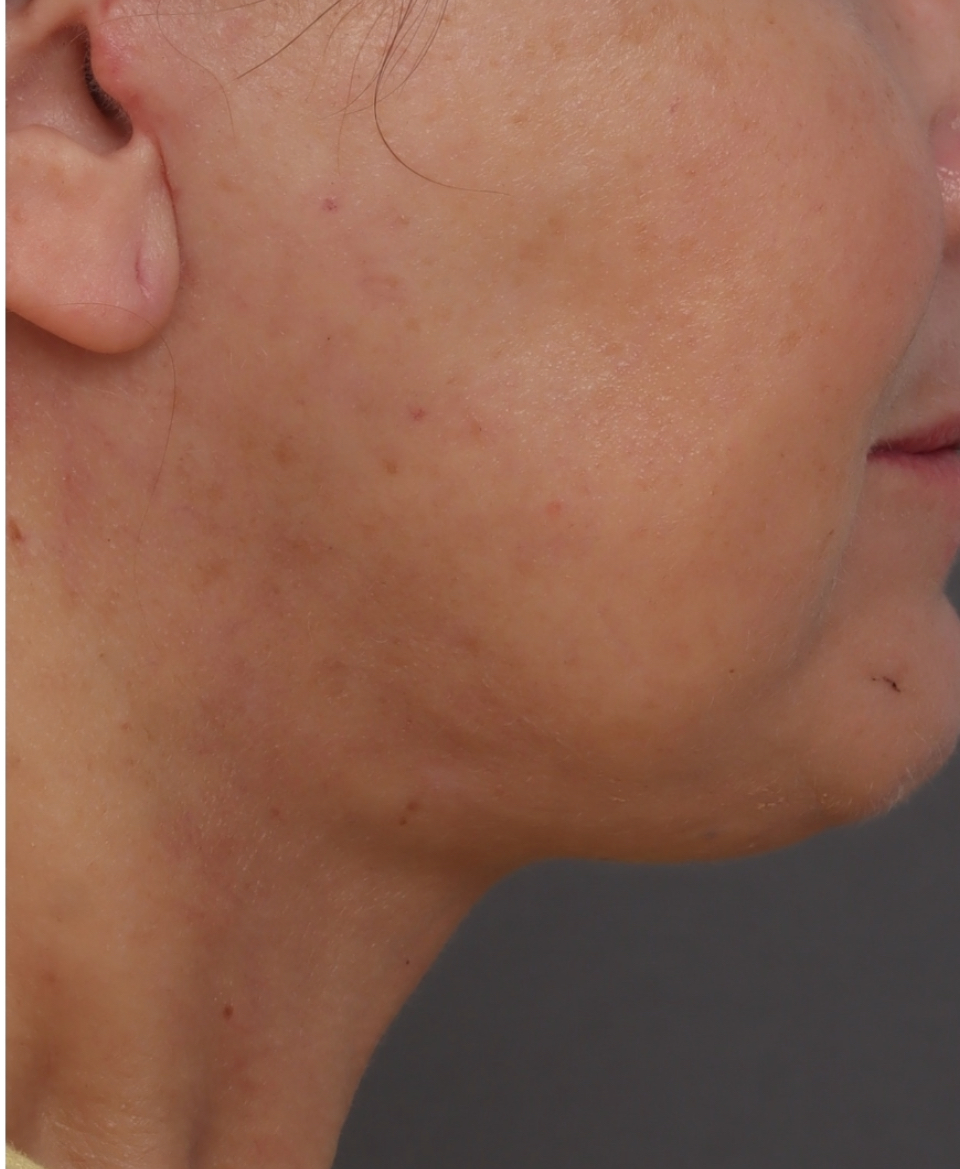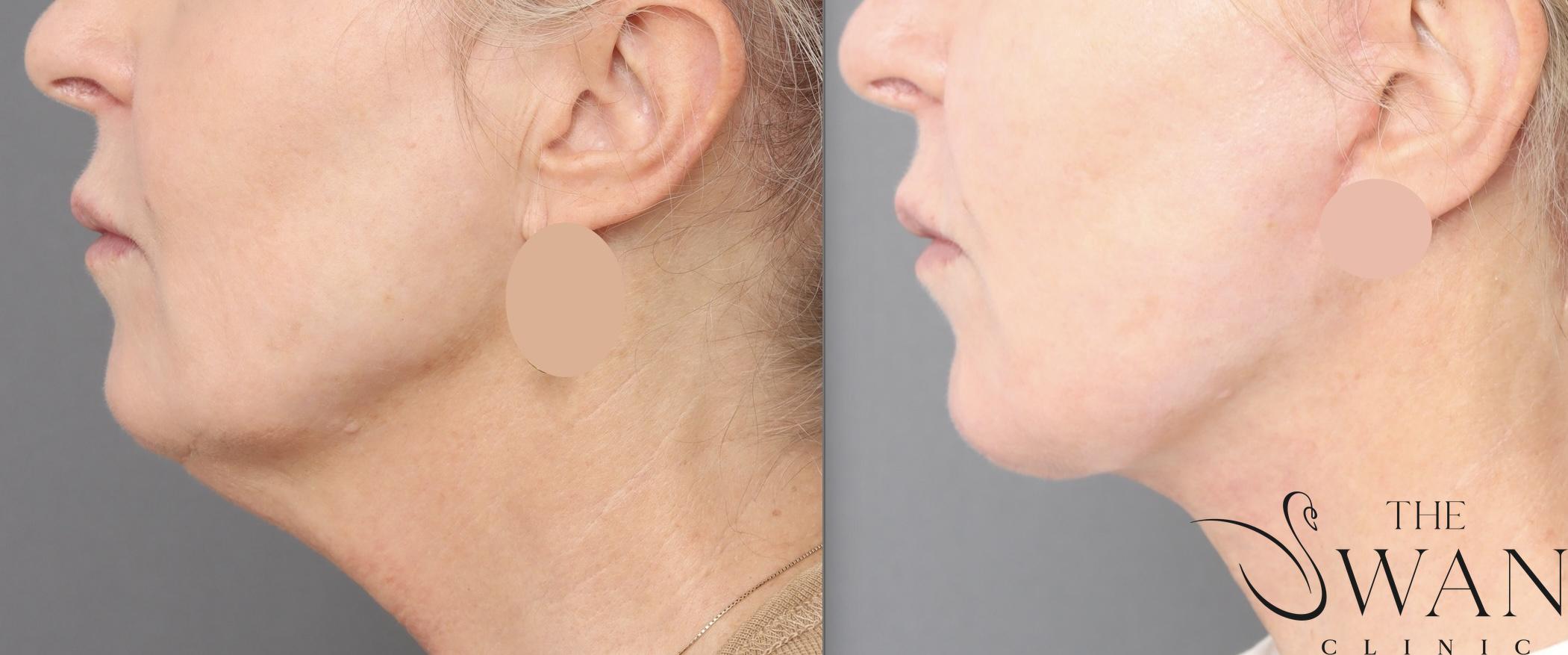Platysmaplasty
Platysmaplasty surgery tightens loose neck muscles and removes skin if needed. This procedure addresses common changes in the neck area that occur with age or weight fluctuations.
The surgery involves tightening the platysma muscle, removing fat, and removing skin as needed. Incisions are made along the hairline and around the ears. Through these incisions, the loose muscles are repositioned. If needed, an additional small incision under the chin allows repair of the muscles there and removal of extra fat.
Who is a Good Candidate for Platysmaplasty Surgery?
- Individuals with loose skin and extra fat in the neck area.
- Those experiencing changes in the neck’s shape due to aging or weight loss.
- People who are non-smokers and in good overall health.
How Long Does the Platysmaplasty Procedure Take?
A Platysmaplasty typically lasts about 3-4 hours. The surgery tightens neck muscles and removes excess tissue. It can also address lines around the mouth and improve cheek volume when combined with fat grafting. Drains are placed on each side of the neck and usually removed the following day.
Potential Benefits of Platysmaplasty Surgery
- Tightens the platysma muscle and removes skin to improve the neck’s definition.
- Reduces loose skin and fat under the chin.
- Addresses common changes in the neck area related to aging or weight changes.
Recovery and Aftercare
Recovery generally involves a brief period of rest, with most patients resuming normal activities within 2 weeks. Following postoperative instructions, including wearing compression garments and attending follow-up visits, is important for optimal healing.
Potential Risks – Platysmaplasty Surgery
As with any surgical procedure, a Platysmaplasty carries general and procedure-specific risks, including:
- Infection at the surgical site, which may require antibiotics or additional treatment
- Bleeding or haematoma (collection of blood under the skin)
- Scarring, which may be visible behind the ears or under the chin, depending on incision placement
- Nerve injury, which can lead to temporary or, rarely, permanent changes in sensation or facial movement (e.g. lower lip weakness)
- Changes in skin sensation, including numbness or tingling in the neck or earlobe areas
- Asymmetry or irregular contours following healing
- Persistent swelling or bruising, which may take several weeks to resolve
- Skin discolouration or irregular pigmentation in treated areas
- Delayed wound healing, especially in individuals who smoke or have other risk factors
- Hair loss near incision sites, particularly around the hairline or behind the ears
- Anaesthesia-related risks, including allergic reactions or complications related to sedation or general anaesthetic
Recovery and Aftercare – Platysmaplasty Surgery
- Swelling, bruising, and tightness in the neck and jawline area are common and generally subside over several weeks
- Pain or discomfort is usually mild to moderate and can be managed with prescribed or over-the-counter pain relief
- Dressings and sometimes a compression bandage may be applied to support healing and minimise swelling
- Head elevation (including when sleeping) is usually recommended to reduce swelling and tension
- Cold packs may be used cautiously in the early stages to reduce swelling (as advised by your surgeon)
- Strenuous activity, bending, lifting, and exercise should be avoided for at least 3–4 weeks, or as directed by your surgeon
- Driving should only be resumed when you can move your neck comfortably and are no longer taking strong pain medications
- Incision care and scar management instructions will be provided and should be followed closely
- Smoking and alcohol should be avoided during recovery, as they can impair healing and affect results
- Final results may take a few months to fully appear, as residual swelling resolves and tissues settle
- Follow-up appointments are important to monitor healing and assess your outcomes
If you have any questions or wish to discuss Platysmaplasty options, please contact our clinic to schedule a consultation with Dr Reema Hadi.
If you would like some more information on Platysmaplasty, you can visit the Australian Society of Plastic Surgery
Before and After Photos
Real patient results from our expert procedures


